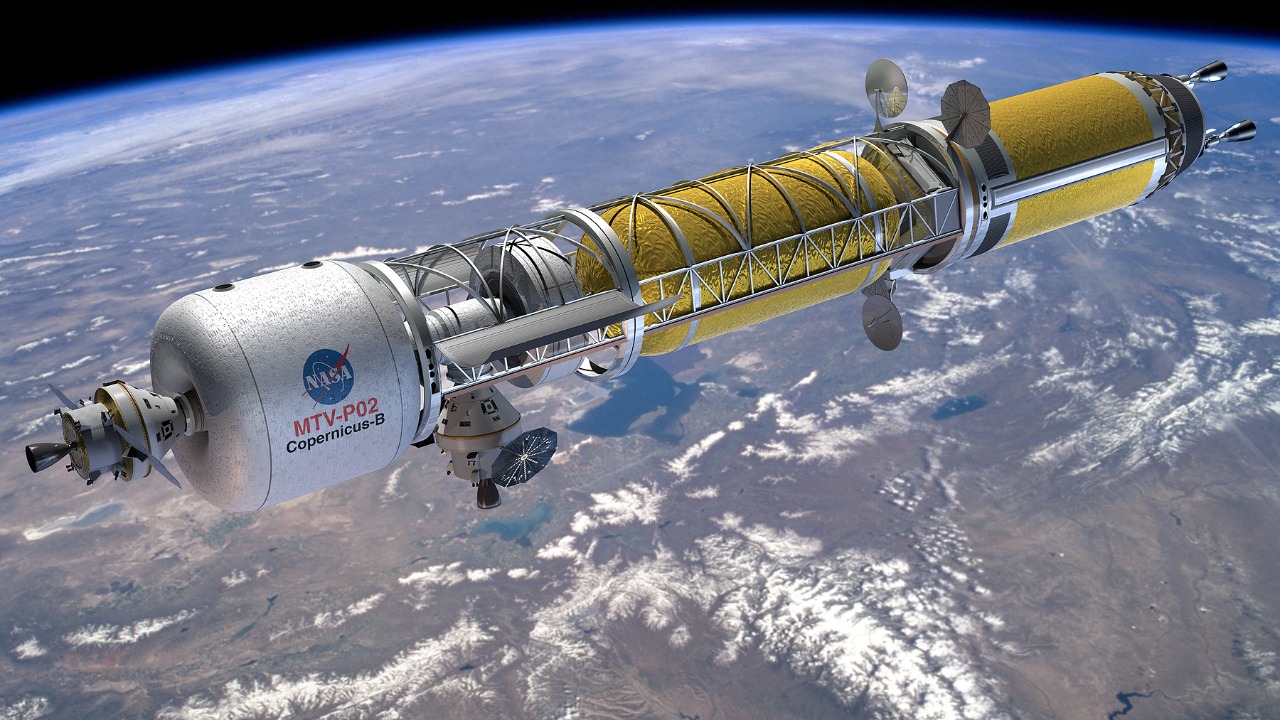
NASA and Lockheed Martin, the primary contractor for the Orion spacecraft, are now considering launching Orion on rockets other than NASA’s Space Launch System (SLS). This marks a significant shift from a long-standing strategy where such alternatives were deemed unthinkable. This development, reported on October 15, 2025, reflects potential adaptations in NASA’s deep-space exploration plans amid evolving technical and budgetary realities. Source.
Historical Context of Orion’s Launch Dependencies
The integration of Orion with the SLS rocket has its roots in the early 2010s when NASA mandated this pairing as a cornerstone of the Artemis program’s architecture. This decision was driven by the need to ensure human-rated capabilities for lunar and Mars missions. The SLS was developed in-house by NASA, and its exclusivity was emphasized by officials who highlighted its safety certifications as a key reason for its selection. This approach was initially validated with the successful uncrewed Orion test flight on the SLS in 2022. However, this mission also exposed integration challenges that have since prompted reconsideration of the launch strategy. Source.
The mindset that alternatives to the SLS were “once unthinkable” was reinforced by NASA’s commitment to the SLS’s development and its role in the Artemis program. Statements from NASA officials over the years underscored the importance of maintaining this exclusivity due to the SLS’s unique capabilities. However, the successful test flight in 2022, while a milestone, also highlighted the complexities of integrating Orion with the SLS, leading to discussions about potential alternatives. Source.
Challenges Driving the Shift to Alternatives
The SLS program has faced significant development delays and cost overruns, with expenditures exceeding $20 billion as of 2025. These challenges have been compounded by repeated schedule slips for Artemis II and subsequent missions. Lockheed Martin has played a crucial role in advocating for flexibility, initiating internal studies in 2024 to evaluate Orion’s compatibility with commercial launch vehicles such as SpaceX’s Starship and Blue Origin’s New Glenn. These studies have been driven by the need to address NASA’s budgetary pressures, including the constraints of the 2025 fiscal year, which have prompted reviews of Orion’s launch manifest to avoid further mission deferrals. Source.
Lockheed Martin’s advocacy for flexibility has been a key factor in this shift. The company’s internal studies have explored the feasibility of launching Orion on commercial rockets, highlighting the potential for cost savings and schedule improvements. These efforts have been supported by NASA’s recognition of the need to adapt to budgetary constraints and the evolving landscape of space exploration. The potential for using alternative launch vehicles has become increasingly attractive as a means of mitigating the risks associated with continued reliance on the SLS. Source.
Potential Alternative Launch Vehicles
SpaceX’s Starship emerges as a strong candidate for launching Orion, thanks to its high payload capacity to low Earth orbit and the potential for integration without major redesigns. Joint simulations conducted by NASA and Lockheed have explored how Orion could be adapted to fit within Starship’s capabilities, offering a promising alternative to the SLS. This approach could provide a more flexible and cost-effective solution for future missions, aligning with NASA’s broader goals of expanding its commercial partnerships. Source.
Other commercial options, such as United Launch Alliance’s Vulcan Centaur, are also being considered. The Vulcan Centaur is on track for certification by 2026, and Lockheed has assessed the adapter requirements necessary for Orion integration. These evaluations are part of a broader effort to ensure that Orion can be launched on a variety of platforms, providing NASA with greater flexibility in its mission planning. The technical hurdles, such as ensuring Orion’s abort system compatibility with non-SLS fairings, are being addressed through engineering trade studies conducted by NASA and Lockheed. Source.
Implications for NASA’s Artemis Program
Adopting alternative rockets could significantly accelerate the timeline for Artemis missions, potentially enabling crewed lunar landings by 2028 instead of the current 2030 projections tied to SLS availability. This shift could have profound implications for NASA’s deep-space exploration goals, allowing for more frequent and flexible mission planning. NASA Administrator Bill Nelson has welcomed this flexibility, while reaffirming the SLS’s role in heavy-lift scenarios. This dual approach could enhance NASA’s ability to meet its ambitious exploration objectives while managing budgetary constraints. Source.
The potential shift to alternative launch vehicles also has broader implications for U.S. space policy. Increased reliance on commercial partners could lead to congressional debates over SLS funding in the 2026 budget cycle. This evolving landscape reflects a growing trend toward public-private partnerships in space exploration, which could reshape the future of NASA’s programs. As NASA navigates these changes, the agency’s ability to adapt to new realities will be crucial in maintaining its leadership in space exploration. Source.